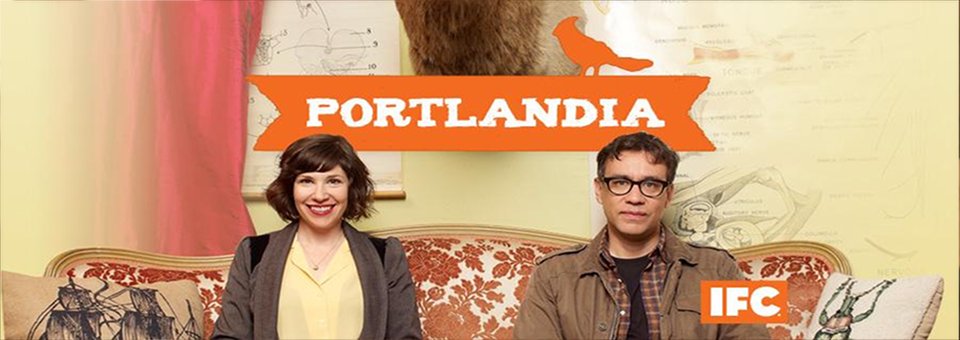With scripted television’s recent ascent in quality (forget about reality because it is something completely different, culture porn if you will) and the decline of original movies, (i.e. remakes and/or sequels, again documentaries are not included) it becomes important to decipher the viewer’s relationship with each. Yes, the difference of production schedules is great and require vastly different methods of storytelling, but their end goal is very similar: get the audience hooked. Unfortunately the very differences in the distribution of TV and movies has caused a way of thinking that has hindered the evolution of movies.
While the storytelling goals should be similar between TV and movies, they often become muddled in the chosen form. A television show has, at the very least, eight 20 minute episodes (and can go all the way to about twenty-four 45 minute episodes). TV’s format allows for something wholly different than the format of a movie. In TV you have a longer period of time to allow your characters to develop, your story unfold, and build tension with your audience (usually in the form of week-to-week cliffhangers). When a TV show is done correctly it utilizes these abilities well. However another layer entirely is added that creates something that a movie rarely can do, that layer is a relationship between the viewer and the show.
Maybe viewers build up relationships with shows because of a specific character, maybe it is due simply to the fact that they end up spending a lot of time watching this show (if a season is 24 episodes long, that’s basically 24 weeks that someone sits down to watch it). Whatever the case may be it is no surprise that good TV shows often end up having a strong relationship with its viewer. This relationship is almost unique to TV. When a person sits down to watch a TV show they know the potential time commitment and expect something wholly different than what they expect from a movie. The relationship a viewer builds with a TV show can be a detriment as well.
Due to the ability to change the channel TV shows can easily be held back by the fact their viewers expect entertainment during each viewing. Sure, if someone is a huge fan of a show they will end up watching the episode from beginning to end, whether it is entertaining or not. But TV shows can’t (or at least won’t) escape from the shadow of the viewer’s ability to change the channel from their show to something else. This belief ends up hindering what TV shows can do (although, depending on the show, this can become its strength as well). If a TV show has to entertain first and foremost, or else risk the chance of losing its viewers for any specific episode, it can often become lost in the serialization of its show and the story’s focus can become watered down. The problems are film are vastly different.
It seems that, more and more (although, let’s be honest, the goal of film has almost always been obsessed with this), film usually has a sole worry. Spectacle. A movie is more of an event than anything. It is a time to go out with friends (hopefully), have a shared experience, and come out of it mystified and awed. The size of the screen a movie plays on is enough evidence to point to the capabilities and usual goals of a film. Whether it is Transformers 3 or D.W. Griffith’s Intolerance, the goal has remained the same – to knock the socks off of people. This, much like TV’s need to constantly entertain, can easily ruin a film’s story. When a director gets too caught up in how much of the set/cgi city gets torn to shreds the story easily gets lost in the spectacle. While playing up to the spectacle of film is a big problem, the problem of having an audience become emotionally invested is a much trickier one.
Unlike a TV show, a movie is a fairly finite proposition. When someone sits down in a movie they know that, by the end, they will go from the beginning to the end (at least for that particular chapter if it happens to be an installment in a saga) and will only be sitting in the theater for a few hours. While TV shows end as well (don’t tell that to The Simpsons), it takes them a lot longer to end – both the season and the eventual series – and while in the middle of a series it seems that it has a chance to go on infinitely. The small amount of time creates a burden on the movie maker. Knowing that there is only so much time in a movie, the filmmaker must structure the movie in such a way that the audience can get emotionally invested with the film and/or characters in a short time so that, by the end, the viewer will feel as though they have gone on the journey as well. Because the time allotted to a movie is small and so finite the importance on involving the audience in the movie, as opposed to having them just be spectators, is emphasized much more. The characters must grow with the audience.
Spectacle can give the audience a more inclusive role. Putting the viewer in the middle of a great battle scene, especially if a first person POV is used (or, rather, the camera is in the midst of the action as well, as opposed to being on the outskirts), will usually cause the viewer to become more invested. Being able to create such a great spectacle is almost exclusive to film, very rarely in other media can the viewer feel a part of the action as opposed to just watching things unfold on the sidelines (the size of the screen certainly doesn’t hurt this either). Utilizing close-ups and extreme close-ups also help the audience connect to what action on the screen – if the only image on screen is the character’s face from mouth to forehead the audience can feel more greatly affected, especially since it may feel as though that character is looking at each individual viewer (again, another example of how a first person POV can be utilized). The grand scale of movies can be used as a strength instead of a weakness, unfortunately that scale ends up becoming more of a crutch than anything in most movies.
TV shows and film each pose interesting challenges for the storyteller. A storyteller should salivate at the opportunity to fully define a character over the long period of time (within both a season and a series’ run), to be able to methodically unfurl a plot so that the story can breathe and become intense when it needs too. Meanwhile film forces a storyteller to be concise. While it may be more challenging to forge an emotional connection between the film and the viewer, it allows different strategies to do so. Instead of having time at the storyteller’s disposal, the ability to implement grandiose spectacle and infuse the audience with awe can be a powerful tool in building a relationship between the audience and a movie. However, it is when these abilities are being used as a crutch or unstrategically when the quality of TV shows and movies declines. Just because something is possible does not necessarily mean it must be done (or tried).








